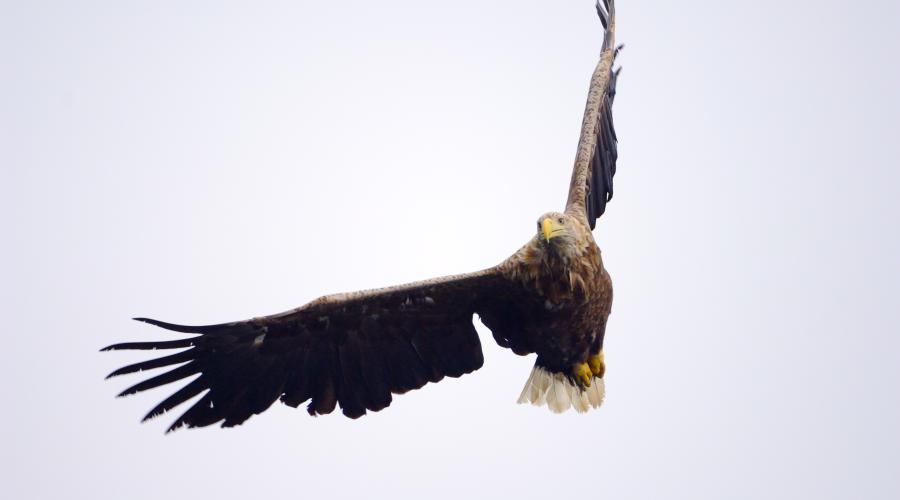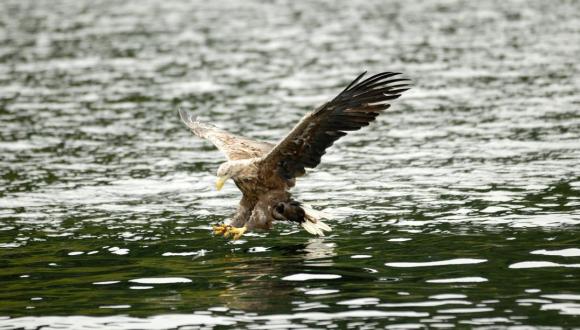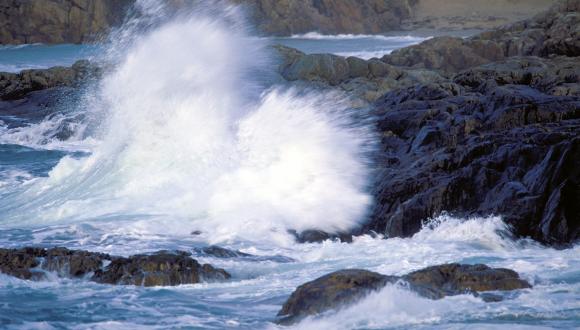
Scotland's sea eagles to bring England's raptors back from extinction
28 May 2019
An innovative conservation project, supported by NatureScot, is to re-establish a breeding population of White-tailed Eagles on the Isle of Wight, after two centuries of extinction.
Over the next five years NatureScot will support Forestry England and the Roy Dennis Wildlife Foundation to help create a new White-tailed Eagle population in England. A licence will be issued by NatureScot to collect up to 60 young sea eagles from nests containing two or more young as donor stock. Research indicates the Scottish population is the closest genetically to the extinct English population.
The project comes off the back of the successful reintroduction of White-tailed eagles to Scotland - using birds from Norway – in 1975 and 1985, with further releases this century. Breeding in Scotland has now been so successful that there are an estimated 130 pairs of White-tailed Eagles spread across the west Highland coast and islands.
It is hoped in time that a newly established breeding population in England will link with emerging Dutch and French populations. By connecting these, and the Scottish and Irish populations, the species is expected to extend its range in Western Europe, and strengthen its long-term survival.
Francesca Osowska, NatureScot’s Chief Executive, said:
“White-tailed Eagles’ re-introduction to Scotland is an outstanding conservation success story. They are awe inspiring sight for locals and visitors to Scotland alike, and just one way NatureScot is working to ensure our nature-rich future.
“The work we are supporting on the Isle of Wight is an exciting opportunity to further build a healthy population network of White-tailed Eagles across Europe, strengthening their future, and making an important contribution to international biodiversity.”
Duncan Orr-Ewing, Head of Species and Land Management for RSPB Scotland said:
“Sea eagles used to be widespread across the UK before they finally became extinct due to human persecution in the early 1900s. The sea eagle is now recovering its former range in Scotland, with about 130 breeding pairs here now. The Isle of Wight reintroduction project will hopefully start the process of population re-establishment of this species in England, linking up with wider conservation efforts for this magnificent bird across mainland Europe”.





